by Marianne Kimura
Around seven years ago, at a shaonkai (a party held for teachers by students the evening before graduation), Professor Eriko Furukawa, a specialist in Gothic literature, and I were balancing tiny plates of fried shrimp and canapes in a corner of a posh party venue filled with fairy lights, near the Okura Hotel in Kyoto’s Oike Street.
“Aren’t you lonely living so far apart?” Eriko teasingly queried when I told her that I was living with my children here in Kyoto, while my husband was in Ibaraki Prefecture, where he works for a large public university.
“No”, I found myself saying honestly, “I’m all right. I’m so busy, and he visits occasionally as it’s not far. It’s fine.”
Eriko cracked up, eyes sparkling like the champagne in her glass, and I recalled that she was living and working in Kyoto while her husband and grown son were residing in Nagoya.
“You’re just like a Japanese woman!” she exclaimed, “we love to have the house to ourselves and relax on our own in total freedom!”
I laughed, feeling like my suspicions had been confirmed. I’d known several housewives in my younger housewife days who had expressed a sense of freedom when their husbands were gone on business trips. “The kids and I just eat chips for dinner when he’s gone!” Mrs Yamamoto had told me gleefully.
I knew implicitly that Eriko was referring to tanshinfunin 単身赴任 (tan=single; shin=body; funin= taking up a post). Tanshinfunin traditionally means that the wife stays with the children in a house while the husband is sent by his company to different places to work. The custom goes back to the Edo period and the policy of sankin kotai. Each daimyo, or local feudal lord, was required to move periodically between Edo and his fief, usually spending a year in each place. His wife and heir were required to live in Edo as hostages while he was away. Maintaining several stately residences and paying for large processions of retainers, soldiers and assistants to travel was expensive, and was calculated to leave the daimyos too financially strapped to stage armed rebellions against the Shogunate. One more reason the Shogunate implemented sankin kotai was because the thousands of travelers required roads, inns and other facilities which spurred economic activity.
Over almost 30 years of living in Japan, in many different places, I’ve known several people who were tanshinfunin. There was the young mother of a baby girl named Kaede-chan living in a small house near ours in Yamaguchi back in 1998, whose husband disappeared for weeks on end, and I guessed from his clothes that he was working on construction projects.
But it was in 2002, when we moved to Tsukuba, a relatively new and planned city, that I started to understand tanshinfunin culture more deeply, because it was not uncommon among both male and female professors there. The university provided inexpensive one-room apartments in large high-rises for people who lived alone. It was an easy, and even an expected, choice to make, for it was a place with excellent transportation networks and close to Tokyo. My husband explained to me that tanshinfunin was desirable since kids could stay in the same school or perhaps the spouse already had a job or family connections back home.
I didn’t think my husband and I would ever be tanshinfunin, however, but then the huge earthquake and nuclear accident occurred in 2011. Our son was only six years old, and my husband was concerned about the Fukushima reactor exploding. “Why don’t you take him down to Yamaguchi and stay there for a few days?” he suggested. Yamaguchi was an old and traditional place nicknamed “the little Kyoto of the west”, where we’d lived for five years before we moved to Tsukuba, so we had many friends there.
Sitting beside the river, I found myself feeling comfortable and happy to be back in Yamaguchi, a town I loved so much, and which, to be honest, I hadn’t wished to leave. A friend let us stay in her house for free, and I began to visualize myself on my own with the kids, tanshinfunin.
Besides the radiation, I had another reason to leave Tsukuba, for what I most wanted to do was work on my research into Shakespeare and fossil fuels. I had started questioning why people felt it so necessary to build gigantic roads and fill them with cars. Then one evening, about a year before the huge earthquake, I noticed the word “coals” in the first line of Romeo and Juliet. And since that time, I have dedicated myself to sleuthing out why Shakespeare mentioned fossil fuels at the start of his most famous play.
When I told my husband of my plan to stay and work in Yamaguchi, he reluctantly accepted my idea, and I’m sure that the concept of tanshinfunin lay behind his acquiescence. As I’d be working a few part-time jobs, my salary was lower, but there were no meetings to attend, and everything was cheaper and more low-key. It was the old, traditional town with its tiny streets which had first inspired my research on fossil fuels. I spent as much time as I could working on my articles, and after three years in Yamaguchi I had published enough articles to apply for academic jobs. That’s how my two children and I ended up moving to Kyoto in March 2015.
A couple of years after the shaonkai, I started noticing news articles in western media about a new trend called “Living Alone Together”, abbreviated as L.A.T. It is exactly what it sounds like: the couple remains married, but chooses to live in different homes. I gathered that for the most part artists and professional couples chose L.A.T., so I thought it might be associated with economic privilege. And a number of articles suggested that it was often the wife, not the husband, who initiated the decision, and terms like “independence”, “autonomy”, “identity” and “freedom” were associated with the concept. I also gathered that the rise of L.A.T. was associated with the demise of the patriarchy, and commentators associated with conservative religious groups were opposed to it. In the past, in the West, separate marital living arrangements might have seemed shameful and hinting at marital problems. But really, L.A.T. has tossed all that out the window.
Reading about the trend, I couldn’t help but remember Professor Furukawa’s observation that it was the “freedom” of tanshinfunin that appealed to Japanese women. She was in her 60s, and her generation would have had a different view of things than young women now, who might find tanshinfunin lonely or difficult with small children. And that is completely understandable.
My point is just that happily married women in Japan have been living on their own for centuries without shame being attached to them or their spouses. Of course, in the West various situations involved couples living separately, such as military personnel, academics employed at different universities, or professionals working far from each other. But in my opinion, until L.A.T. came along, it has been seen as second-best, a poor substitute, something that should be corrected as soon as logistically possible.
Tanshinfunin on the other hand seems to have assumed from the start that a woman could manage on her own, that she was capable and independent. In that way, it normalized female autonomy. As a researcher who studies and critiques the patriarchy and knows the value of women’s independence, I’m a fan of tanshinfunin culture because I also have benefited from it.

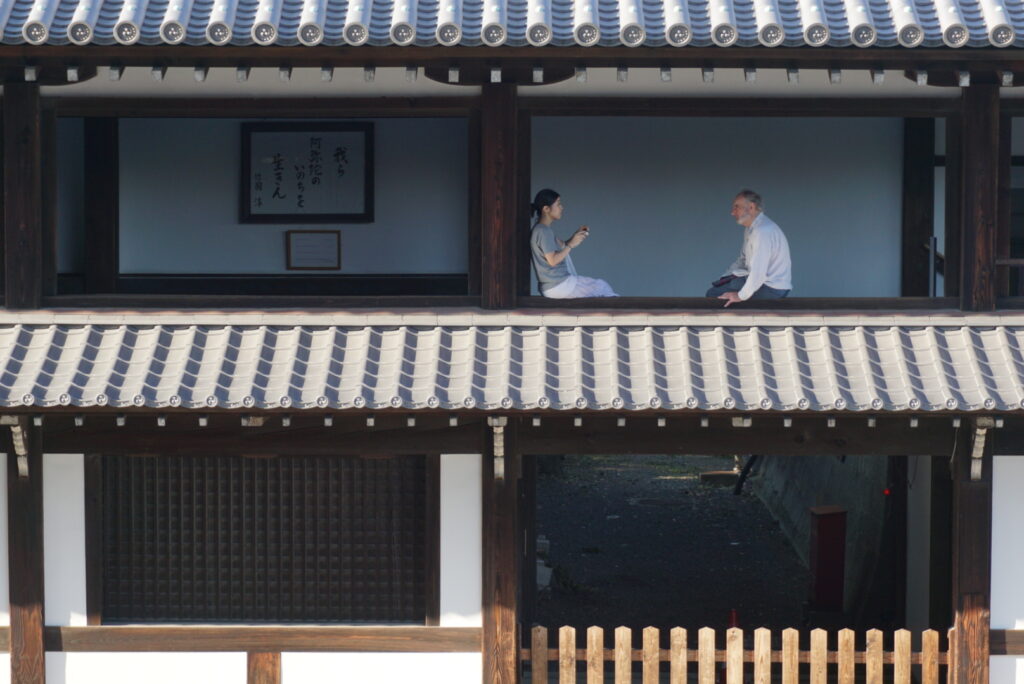





















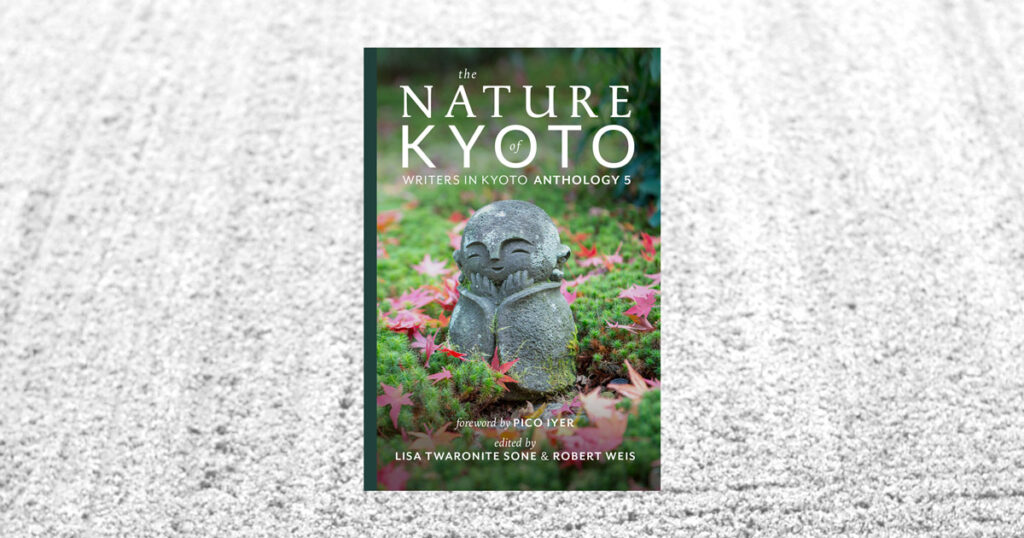
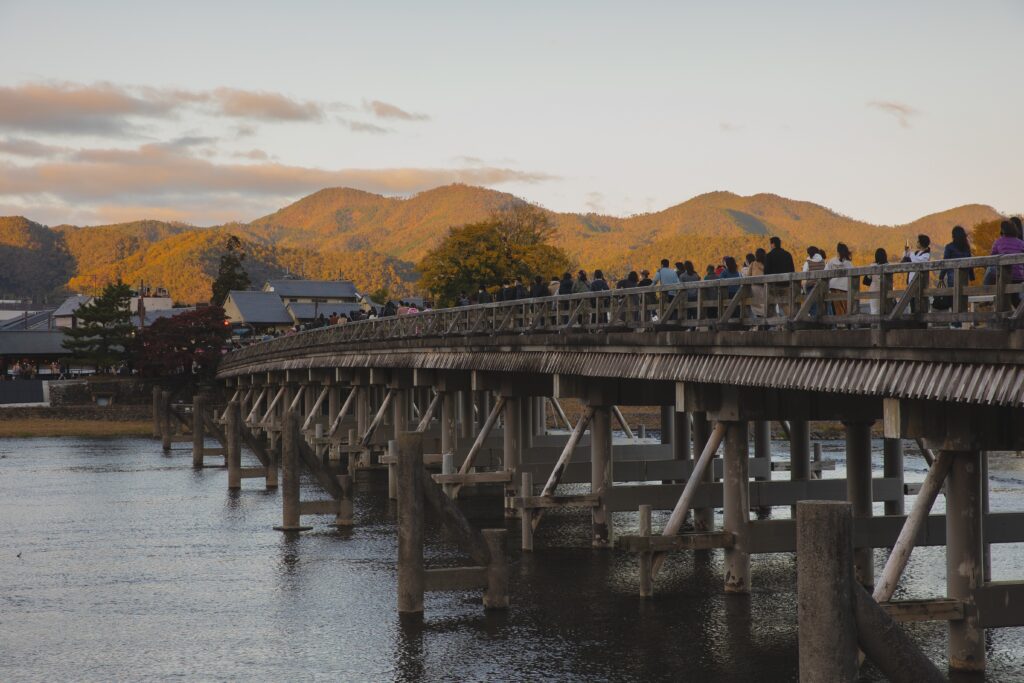
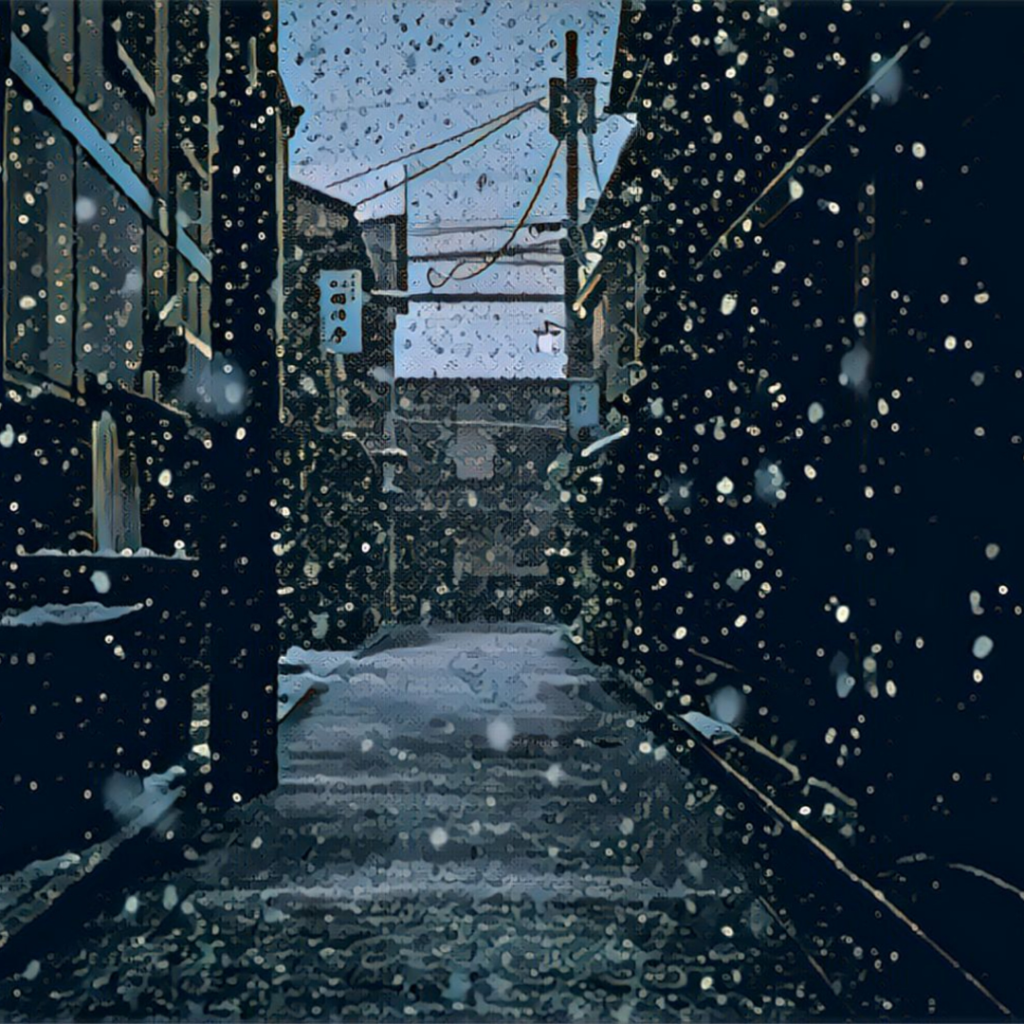
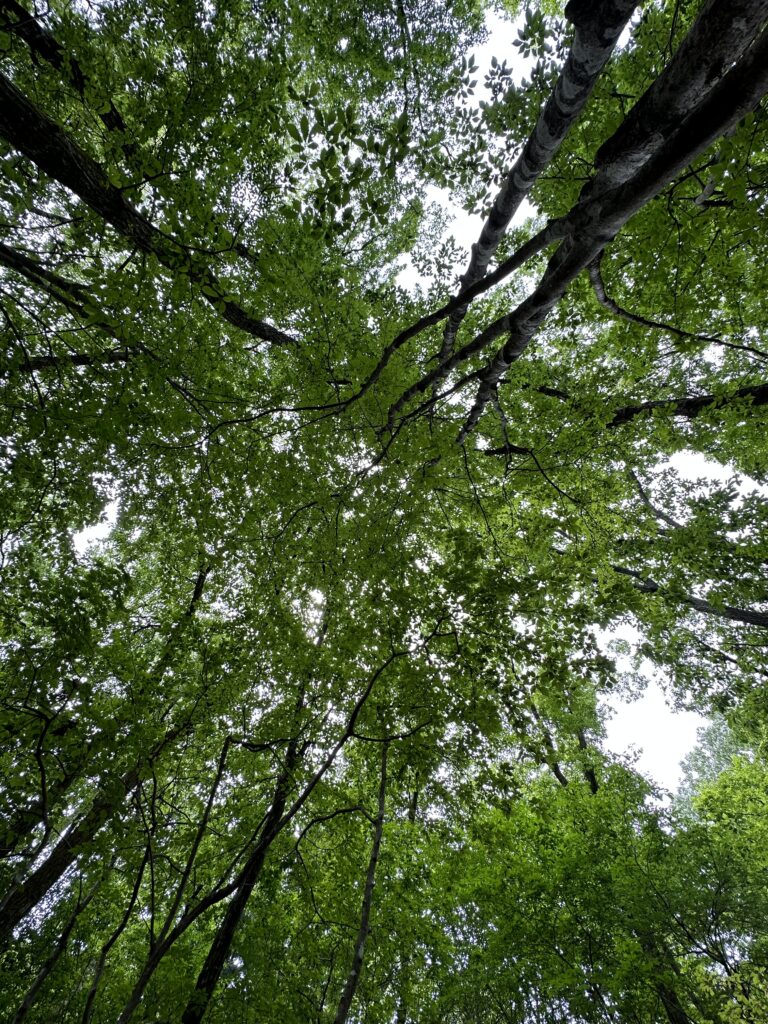
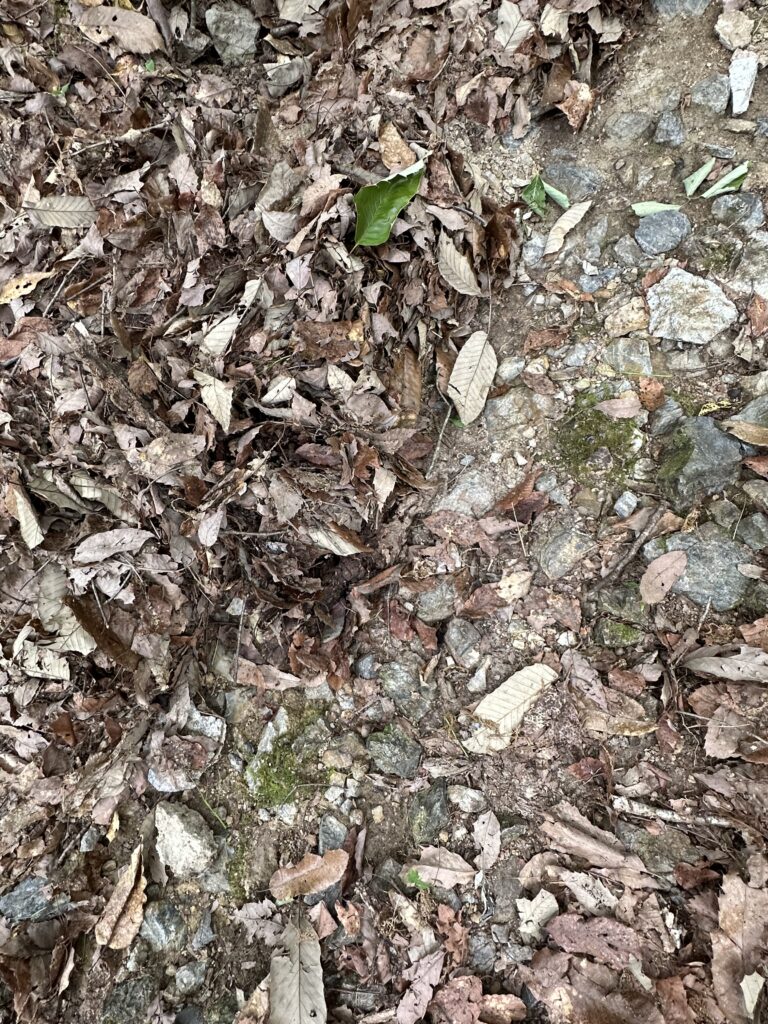
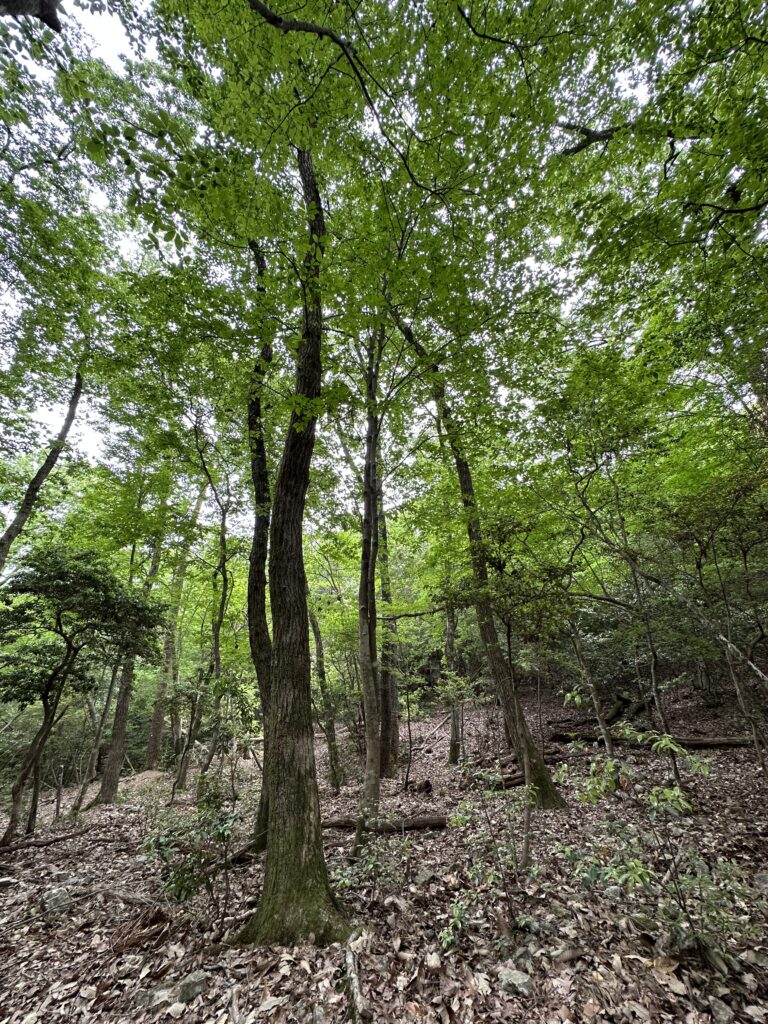
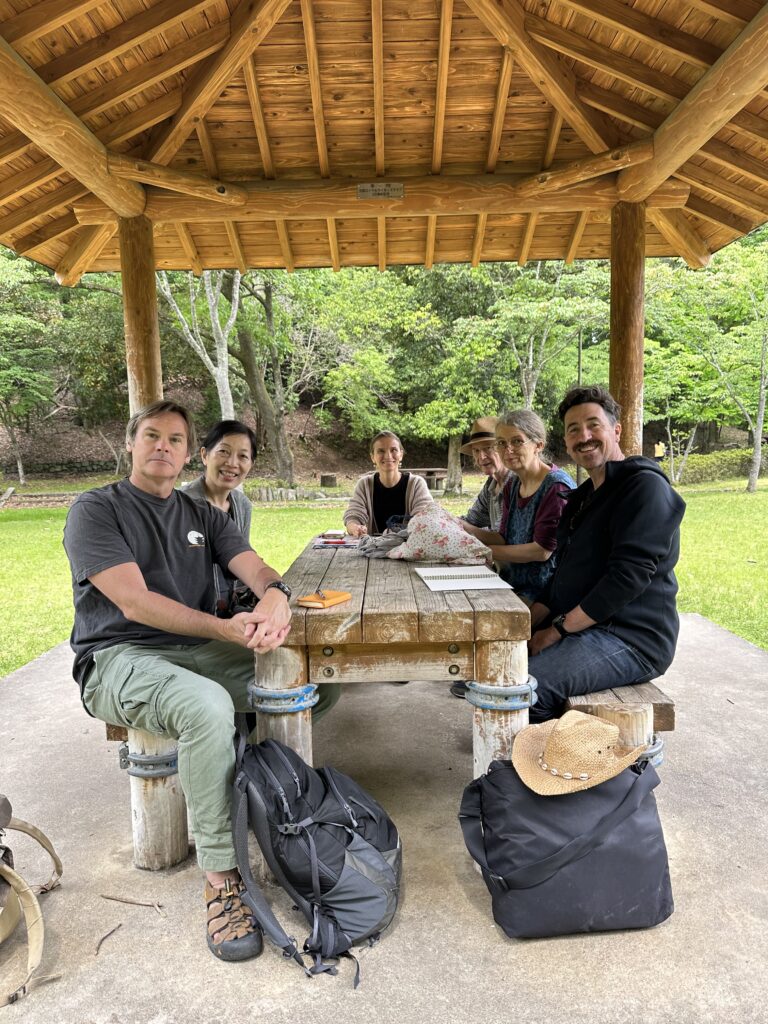
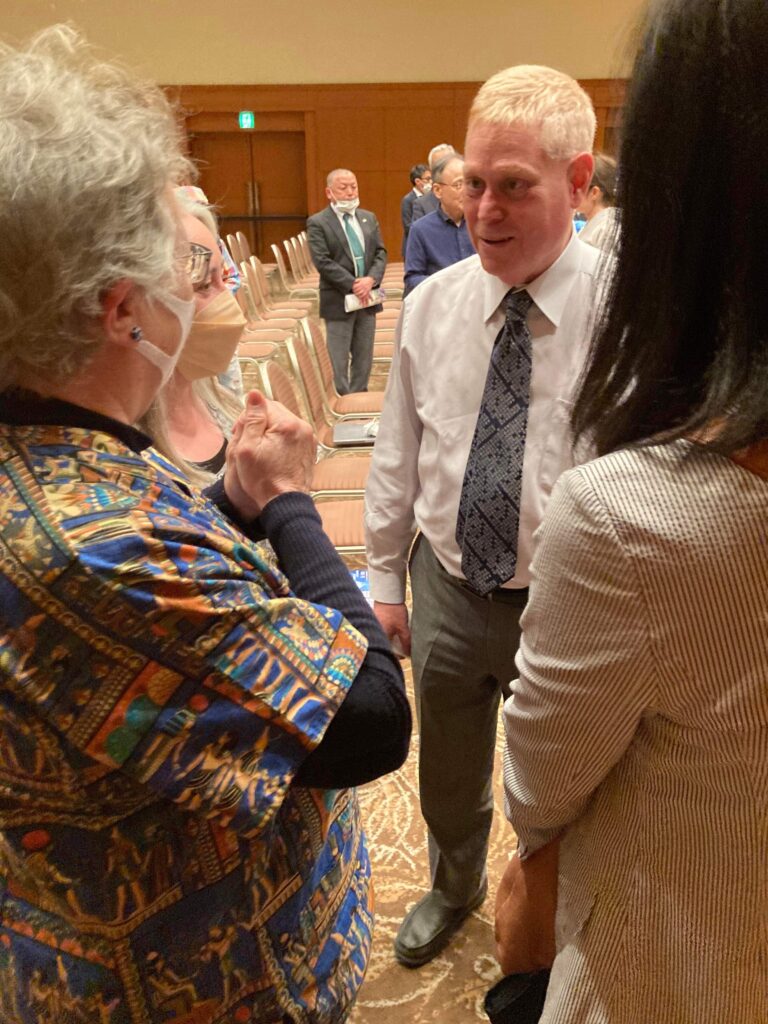
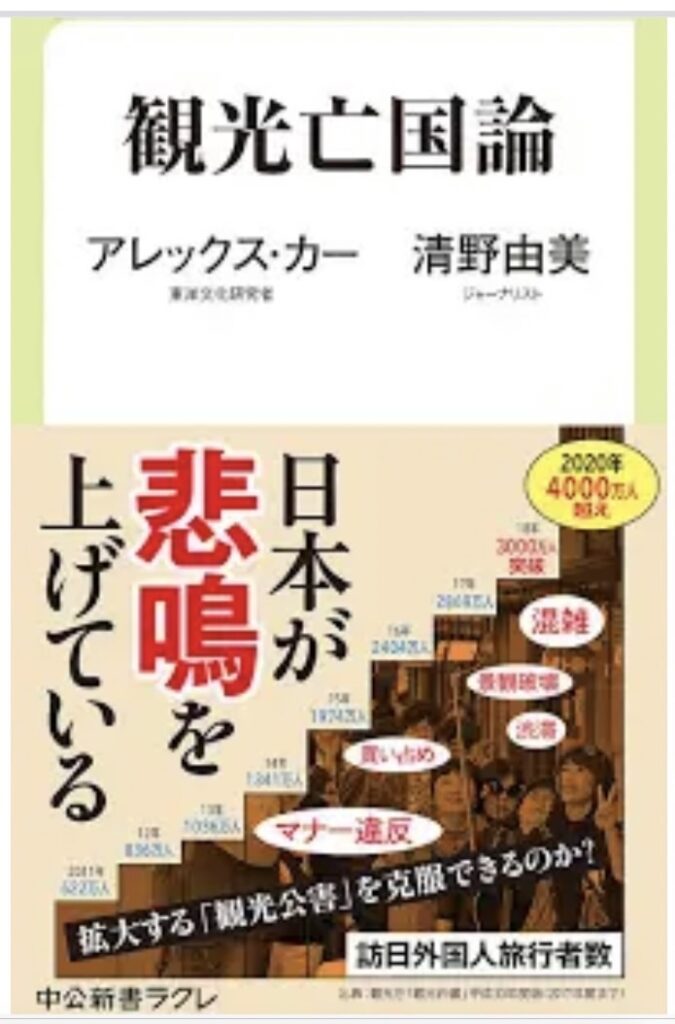





Recent Comments